Packages & Tutorials
Engineering Files & Tools
Software
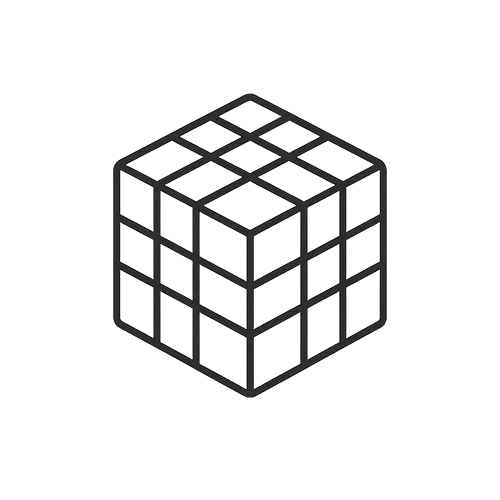
Ready-to-use Models (FEA/CFD)
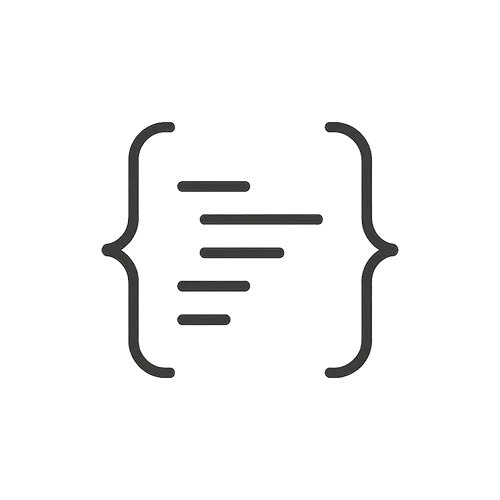
Excel Sheets & Hand Calculations
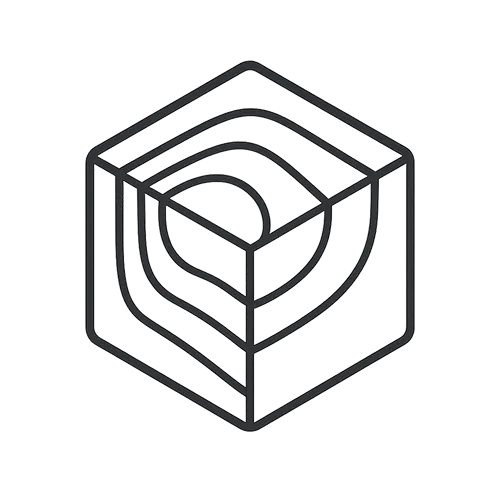




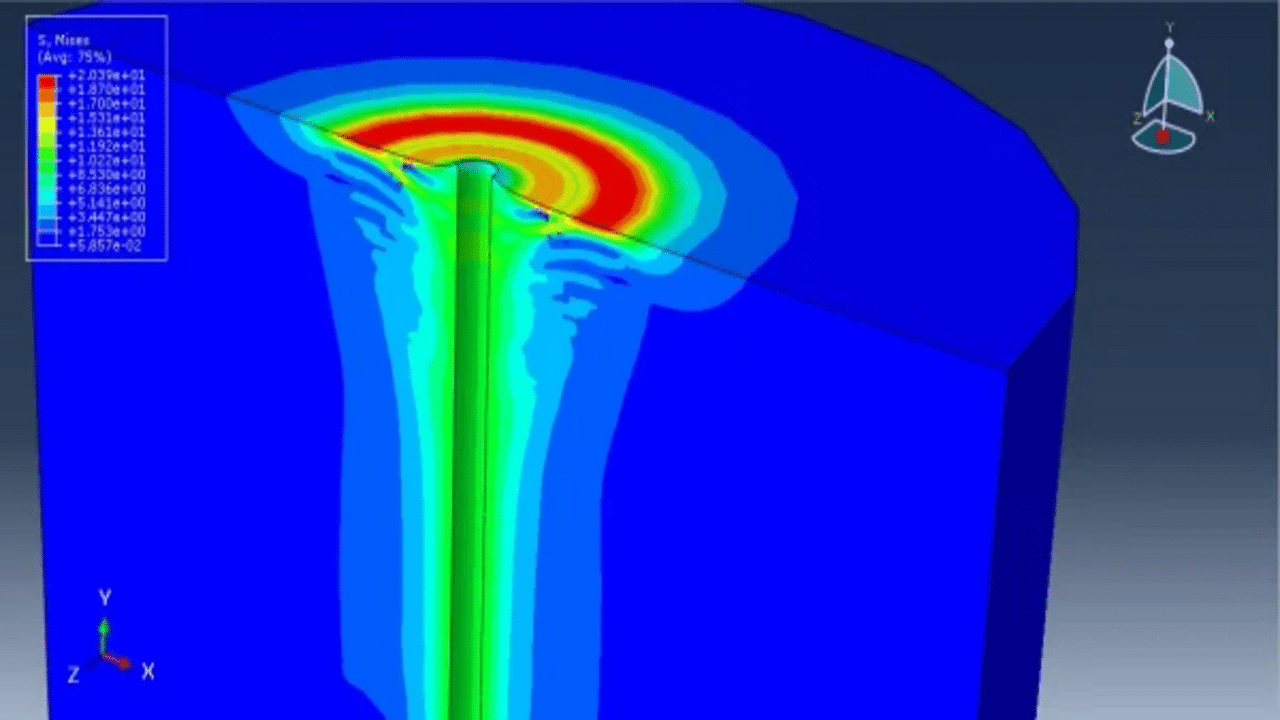


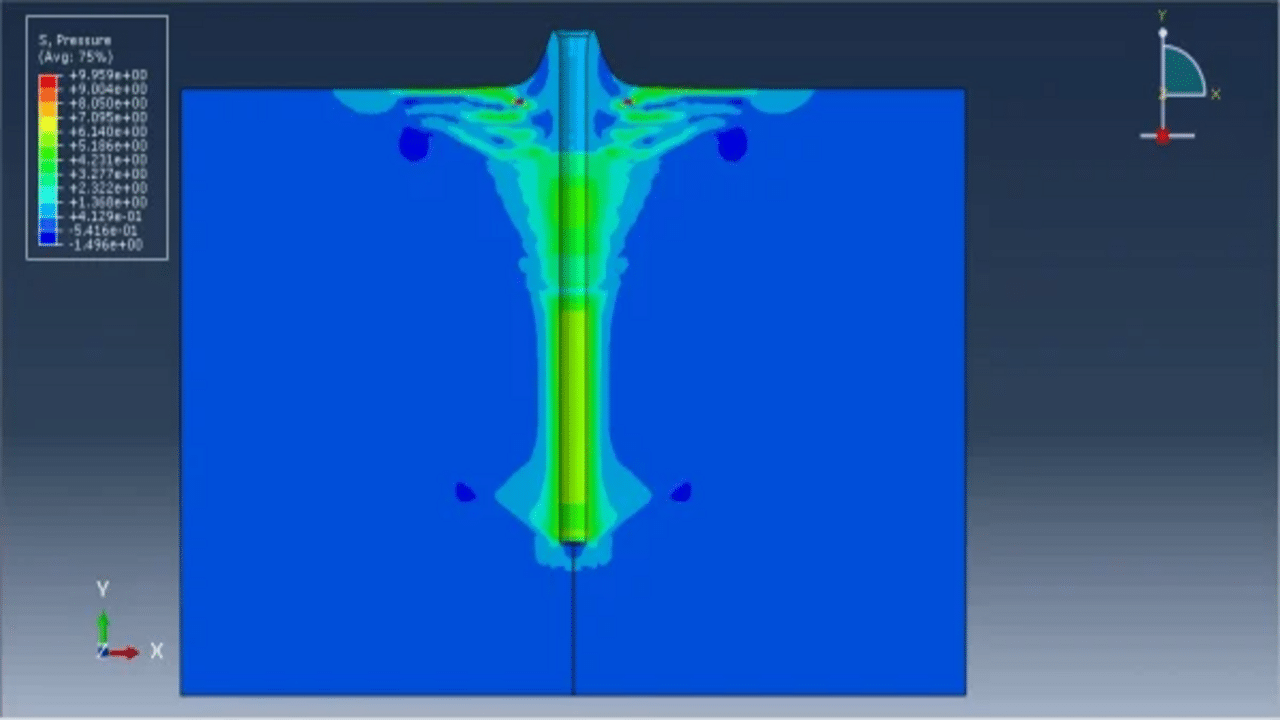

Product Overview:
This tutorial focuses on the simulation of the pullout behavior of a single steel fiber through cohesive surface modeling in Abaqus. In this analysis, concrete is represented as an axisymmetric deformable component. While the geometry may typically be created in 3D, leveraging axisymmetry significantly enhances analysis speed.
Steel fibers are commonly incorporated into concrete to enhance its overall performance. Although typical tests show that Steel Fiber Reinforced Concrete (SFRC) does not exhibit significant improvements in tensile strength compared to plain concrete, notable enhancements in ductility are observed. The fibers activate once the concrete has cracked, thereby playing a crucial role in the post-cracking behavior of SFRC by bridging cracks and offering resistance to crack opening.
For this simulation, the Concrete Damaged Plasticity material model is employed to represent concrete behavior, while the elastic behavior is used to model the steel fibers. The analysis utilizes a general static step, with modifications made to the convergence model to mitigate issues related to premature non-convergence. The interaction between concrete and steel fibers is modeled as surface-to-surface contact, incorporating properties such as friction, shear stress, elastic slip, cohesive stiffness, and damage evolution. During the pullout process, this contact exhibits resistance against the applied load. A fixed boundary condition is applied to the bottom surface of the concrete component, while symmetry boundary conditions are implemented on the symmetrical surfaces. The load is applied as displacement to the top surface of the steel fiber, and it is crucial to employ a fine mesh to ensure accurate results.
Upon completing the simulation, various results such as stress, strain, force-displacement diagrams, and contact pressure are generated.

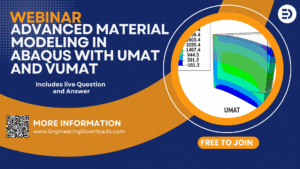
Dynamic
€1,00 €0,00
See more

Want to receive push notifications for all major on-site activities?